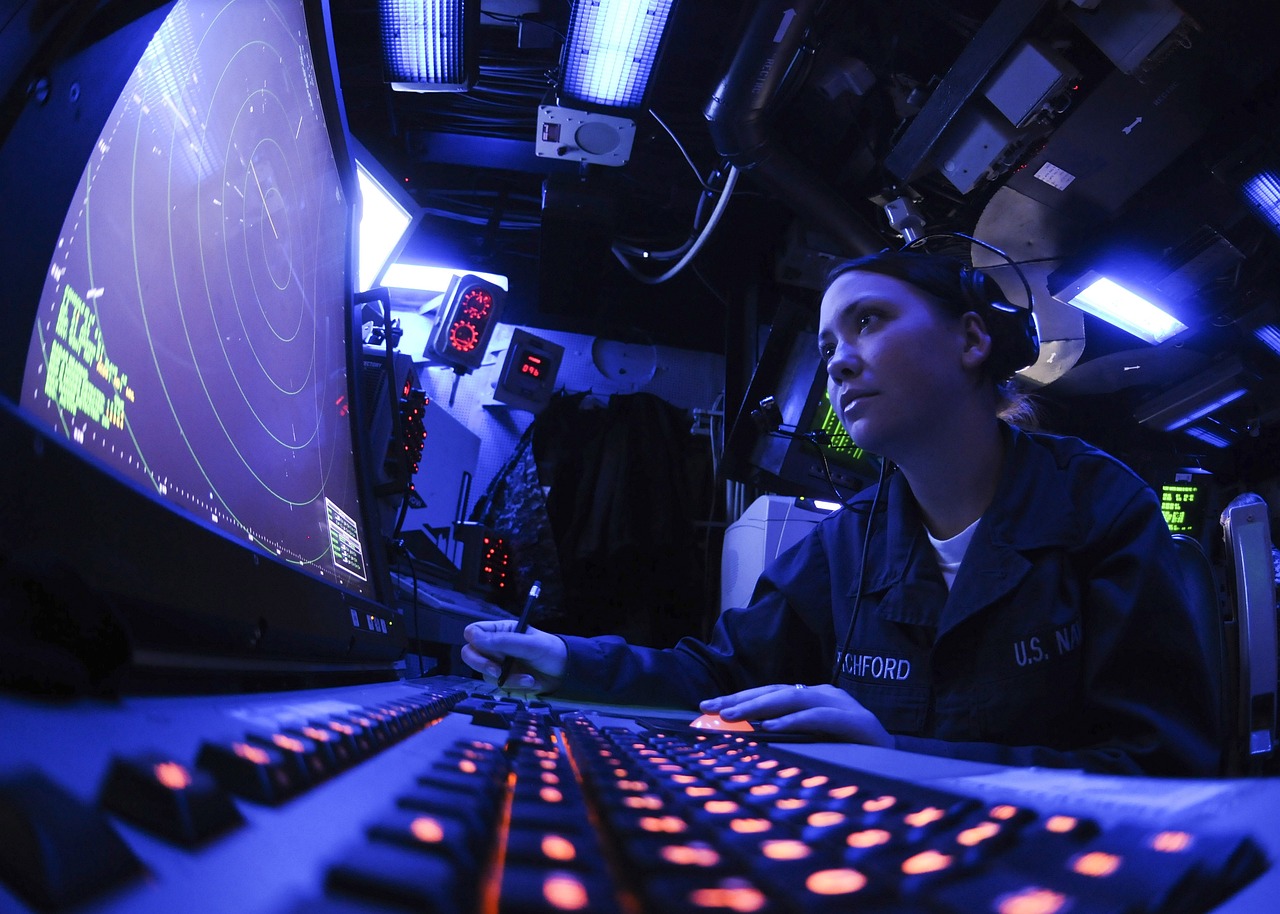This post is also available in:
 עברית (Hebrew)
עברית (Hebrew)
Lockheed Martin has recently delivered the 75th APY-9 radar as part of the US Navy’s E-2D Advanced Hawkeye program. The radar was hailed as significant for the Navy since it provides crucial high-quality information for national security.
Lockheed Martin claims that the APY-9 radar is essential for safeguarding the Navy’s assets whenever their aircraft are in the air, further emphasizing its importance in maritime security operations. The E-2D Hawkeye is commonly referred to as the “eyes of the fleet” by the US Navy, offering surveillance across air, land, and sea simultaneously.
According to Interesting Engineering, this radar system, specifically designed for the Navy’s E-2D aircraft, provides essential airborne command and control capabilities and expanded surveillance capabilities. The APY-9 radar is engineered to operate in all weather conditions and is an airborne early warning radar. Its primary function is to detect small and highly maneuverable targets, especially in challenging environments like dense littoral areas and overland terrains.
The latest development of the APY-9 radar provided it with full 360-degree surveillance capability, combining mechanical and electronic scanning modes. This advancement offers comprehensive situational awareness, allowing for flexible resource allocation, particularly for challenging targets or specific sectors in any direction.
The system’s Space-Time Adaptive Processing (STAP) feature is essential for its effectiveness since it enables simultaneous detection of air and sea surface targets while suppressing clutter, jamming, and electromagnetic interference. The APY-9 also uses a solid-state transmitter operating at UHF frequency, which further enhances its capabilities and is optimal for long-range detection of difficult targets. Integrating high-power solid-state transmitter electronics bolsters reliability and sensitivity, while advanced processing facilitates flexible beam management and improved target processing.
Lockheed Martin has collaborated with Northrop Grumman on the E-2D platform for over twenty years. This platform is crucial for delivering vital data to joint forces and first responders, thus enhancing decision-making capabilities.


























